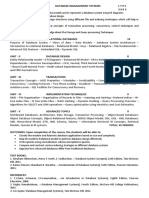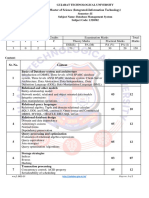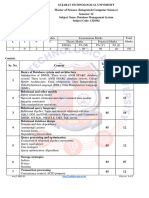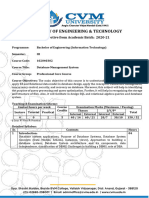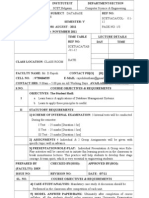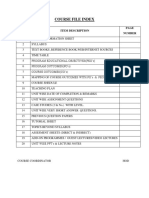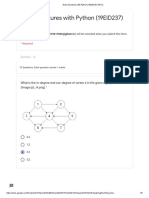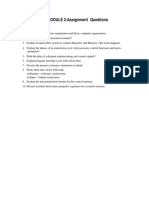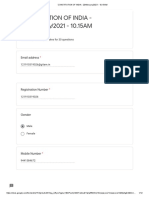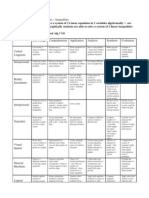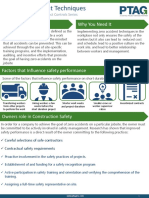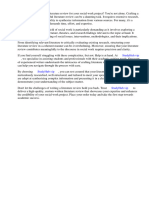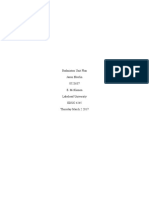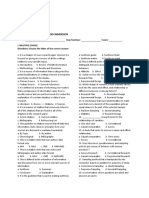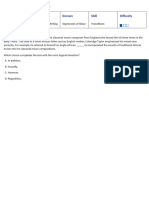0% found this document useful (0 votes)
286 views12 pagesDBMS Lesson Plan v1
This document provides information about a Database Management Systems course offered at GITAM Institute of Technology in Visakhapatnam, India. The course is a 3 credit, 3 hour course taught by instructor D. Suneetha. It provides an overview of the course content which includes database concepts, entity relationship modeling, relational modeling, SQL, database design principles, and normalization. The document outlines the course objectives, topics, textbooks, assessment details and expected learning outcomes.
Uploaded by
Durga KCopyright
© © All Rights Reserved
We take content rights seriously. If you suspect this is your content, claim it here.
Available Formats
Download as DOCX, PDF, TXT or read online on Scribd
0% found this document useful (0 votes)
286 views12 pagesDBMS Lesson Plan v1
This document provides information about a Database Management Systems course offered at GITAM Institute of Technology in Visakhapatnam, India. The course is a 3 credit, 3 hour course taught by instructor D. Suneetha. It provides an overview of the course content which includes database concepts, entity relationship modeling, relational modeling, SQL, database design principles, and normalization. The document outlines the course objectives, topics, textbooks, assessment details and expected learning outcomes.
Uploaded by
Durga KCopyright
© © All Rights Reserved
We take content rights seriously. If you suspect this is your content, claim it here.
Available Formats
Download as DOCX, PDF, TXT or read online on Scribd
/ 12








